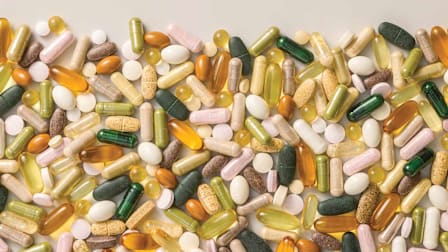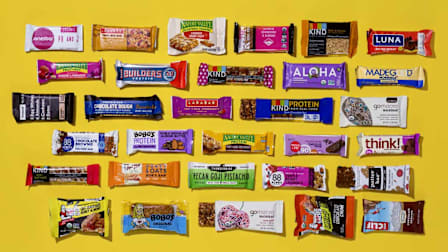The answer: “Pretty good!” says Amy Keating, RD, a nutritionist at CR.
Made from whole wheat and malted barley flours, the cereal is an excellent source of whole grains with 7 grams of fiber—about 25 percent of your daily need—per half-cup. Most of the fiber is insoluble, which is the type that’s key for preventing constipation. Plus you get 6 grams of protein (about the same amount as in a large egg), and the cereal has no added sugars. In a 2013 review of high-fiber cereals, CR gave Grape Nuts top ratings for nutrition and taste.
Two things to keep in mind, though. The sodium count is on the high side, with 280 mg per serving. “Given that you should be getting less than 2,300 mg a day and the small serving size, that’s more than I’d like to see in a cereal,” Keating says.
And a half-cup is really not all that much cereal. “Chances are, you’re pouring a lot more into your bowl,” Keating says, “so you should realize that means you’re taking in more calories and sodium along with the good stuff.”
In a test a few years ago, CR’s nutrition experts asked 124 consumers to pour themselves the amount of cereal they’d usually eat. Nearly everyone’s bowl contained more cereal that the serving size listed on the label. For dense cereals (we used granola, but Grape Nuts is also very dense), if the participants in our test actually ate what they poured, they would have taken in two to four times the amount listed as a serving on the label.





















